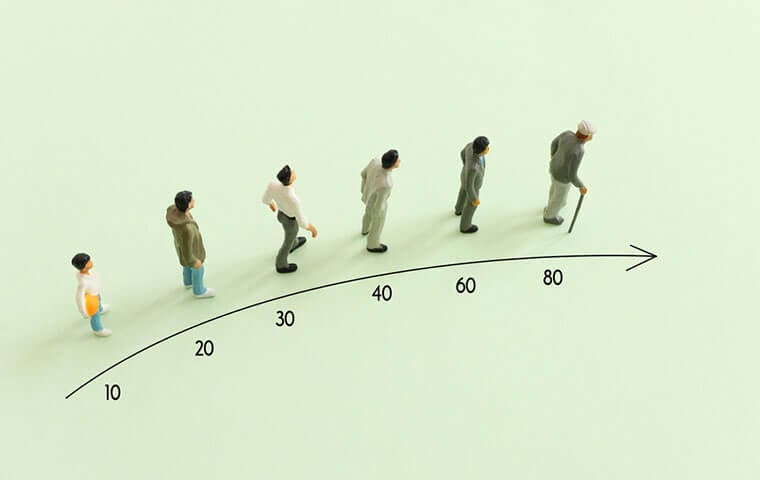 Significant changes in labor force patterns and composition have occurred over the past several decades. Image: tomertu/Shutterstock.com
By: FEDweek Staff
Significant changes in labor force patterns and composition have occurred over the past several decades. Image: tomertu/Shutterstock.com
By: FEDweek StaffThe share of the U.S. labor force that is in “prime” working years—25 through 64—”has significantly fallen” in the last 20 years, a gap that is “being filled by older workers,” says the Employee Benefit Research Institute.
While the labor force participation rates of those in prime years has held about steady, the decrease in their share of the workforce “is being driven by the smaller number of people of these ages (meaning that younger and older Americans are needed to cover this decrease). So far, the older population has been filling the gap in the labor force, as those younger than age 25 are at near record-low levels for their share of the labor force.”
It added that while across age groups, men tend to make up a larger share of the labor force than women, those differences are the smallest for the oldest and youngest groups.
“Significant changes in labor force patterns and composition have occurred over the past several decades” as the Baby Boom generation has aged, it said. As of 2023 those age 65 and older made up a larger share of the population than any of the 10-year age groups (such as those 45-54) behind them, it said.
“At present, the aging of the Baby Boom generation has resulted in an increased share of older individuals in the labor force. However, members of this generation are almost all at least in their 60s, and the next generation, Gen X, is much smaller,” it said. “So, a decrease in the share of workers ages 55 or older is imminent.”
“How quickly this outcome results will be determined by whether the Baby Boom generation has continual higher labor force participation rates at ages over 65 than what has occurred in the past,” it said.
5 Steps to Protect Your Federal Job During the Shutdown
Over 30K TSP Accounts Have Crossed the Million Mark in 2025
The Best Ages for Federal Employees to Retire
Best States to Retire for Federal Retirees: 2025
Primer: Early out, buyout, reduction in force (RIF)
See also,
OPM Guidance Addresses Pay Issues arising During, After Shutdown

